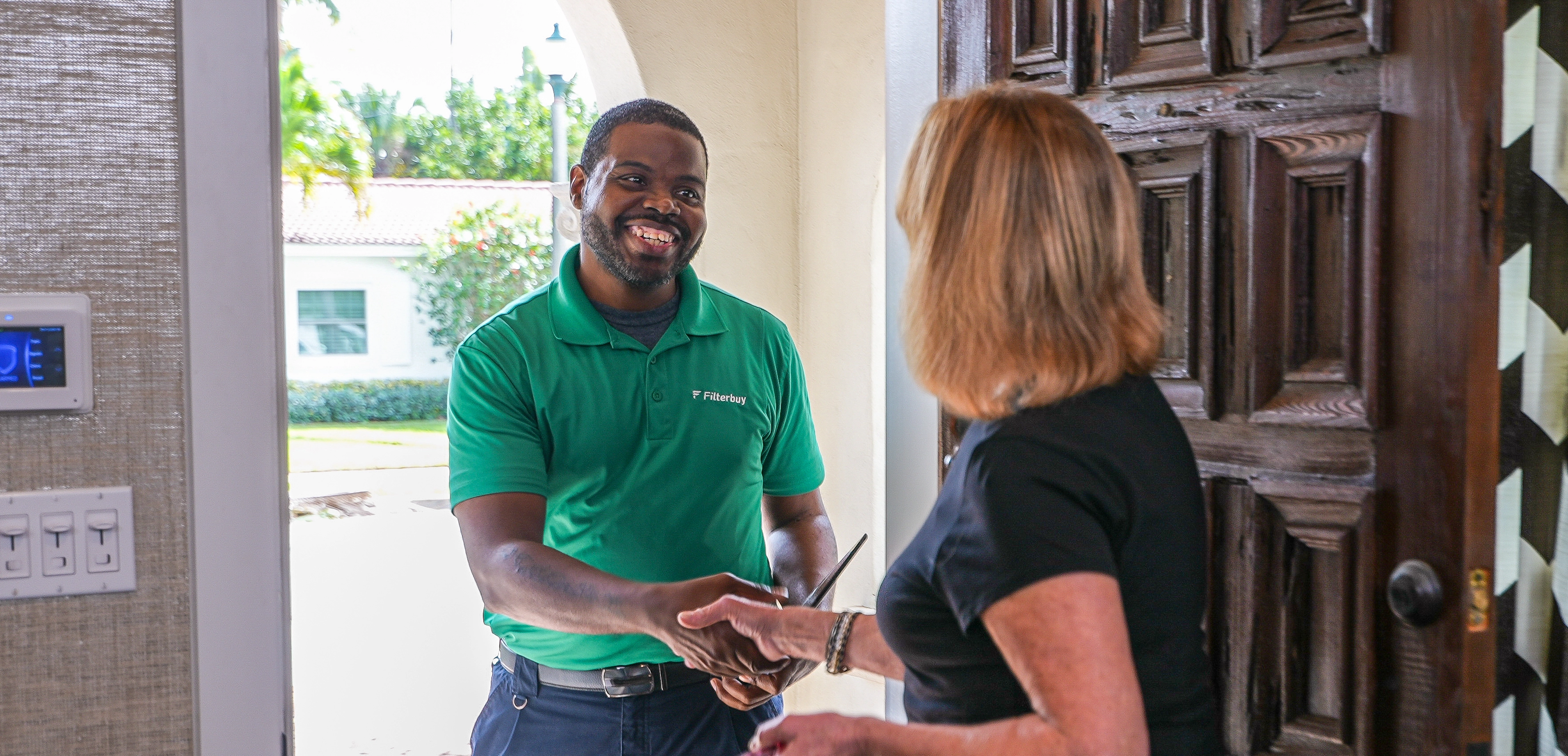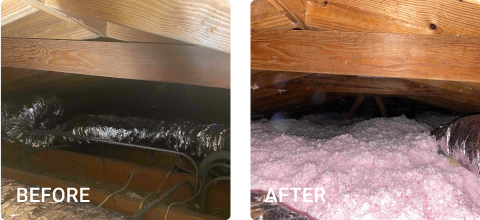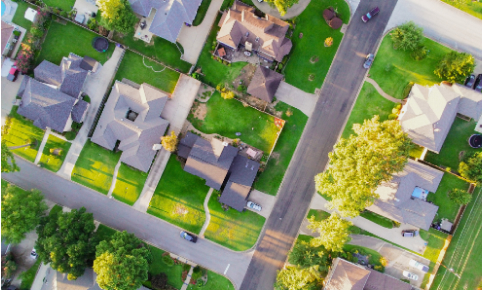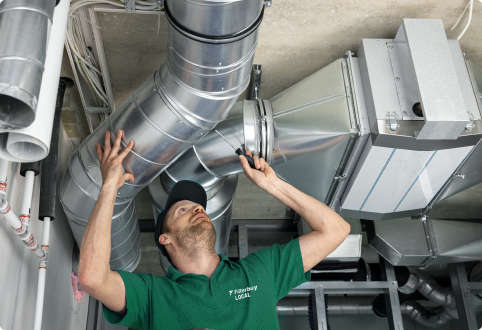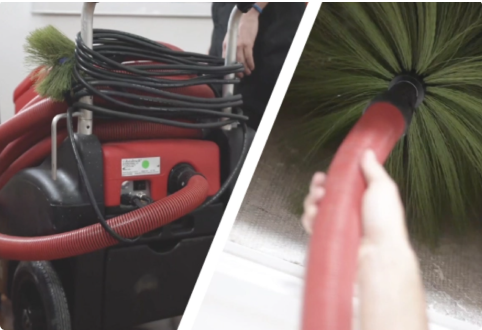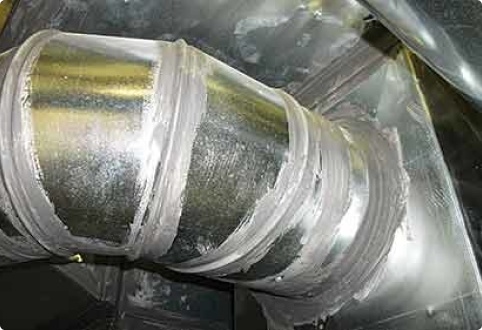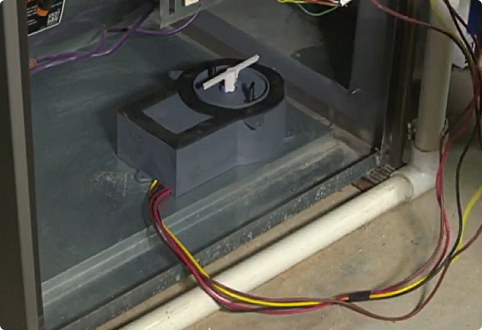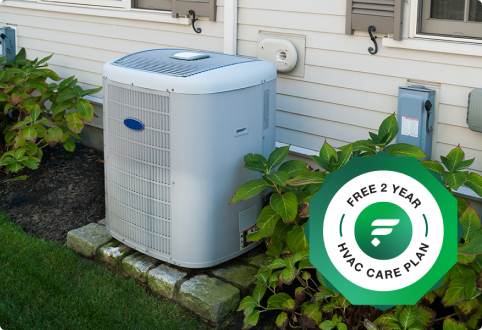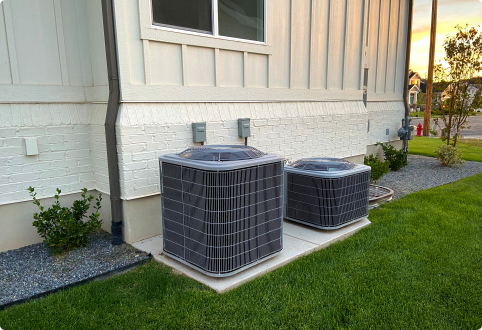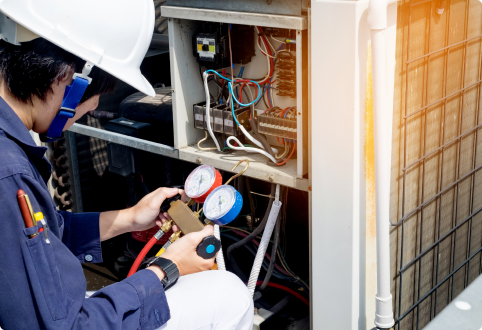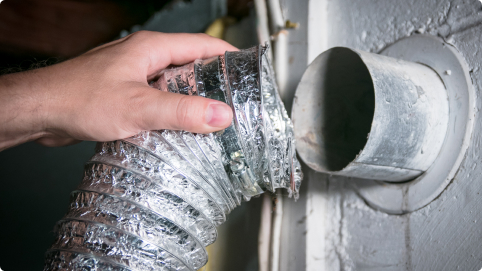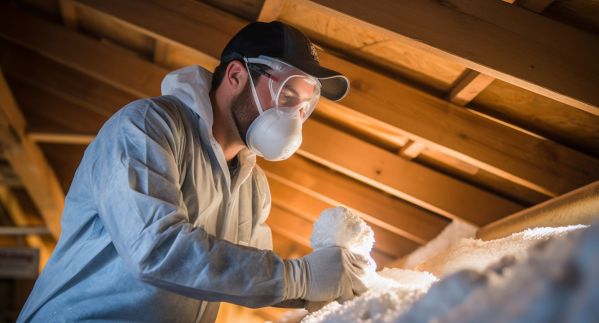Welcome to Filterbuy HVAC Solutions, the best attic insulation installation service company proudly serving in and near the greater Aventura, FL area. Please let us know how we can help solve your Aventura attic insulation installation needs with professional, affordable and fast residential and commercial HVAC services by getting a free online quote or by giving our friendly HVAC specialists a call. We look forward to hearing from you!
Attic Insulation Installation Services in Aventura FL
A well insulated attic is a crucial component of an energy efficient home. It prevents heat loss during the winter and cool air escape during summer months, resulting in lower utility bills and improved indoor comfort. Attic insulation installation services provide homeowners with the expertise necessary to ensure that their attics are properly insulated for optimal efficiency. Aventura FL offers a variety of attic insulation installation services tailored to meet individual needs.
Attic insulation can be made from fiberglass or cellulose material, both providing thermal resistance and effective soundproofing capabilities. Fiberglass batts come pre-cut into standard widths and lengths which makes them easier to install compared to loose fill materials such as cellulose which must be blown into place. Both types of insulation have advantages depending on the specific requirements of the homeowner’s attic space.
Professional attic insulation companies in Aventura FL offer comprehensive services including assessment, selection, design and installation assistance. They are knowledgeable about local building codes, ventilation standards, fire protection regulations and other relevant safety protocols while being able to identify issues related to moisture control and condensation prevention within the home environment.
Benefits of Attic Insulation Installation
A well-insulated attic can be likened to a warm blanket that keeps the heat in and the cold out. Attic insulation installation is an effective way of reducing energy costs, maintaining comfortable indoor temperatures, protecting roofing material from water damage, and improving air circulation within a home. The benefits of installing quality attic insulation are numerous and include cost savings on heating and cooling bills, increased resale value of property, improved indoor air quality, and reduced noise levels inside the house. Additionally, it helps to reduce carbon dioxide emissions by preventing heated air from escaping through poorly insulated areas. This ultimately reduces environmental impact while also providing homeowners with peace of mind knowing their space is protected against extreme weather conditions all year round.
Types of Attic Insulation Products
Attic insulation installation involves choosing among a variety of products. The main types include loose-fill, batts and rolls, rigid boards, and spray foam. Loose-fill is typically made from cellulose or mineral fibers that are blown in using machines; they are ideal for attics with irregular shapes due to their ability to fill every nook and cranny. Batts and rolls come in pre-cut lengths of fiberglass or rock wool, which can be cut into pieces for an exact fit. Rigid boards consist of plastic foam panels covered by aluminum foil facings; these offer high R-values but take up more space than the other options. Lastly, spray foam provides superior air sealing capabilities as well as excellent thermal resistance when applied correctly. Each type has its own set of advantages and disadvantages that must be weighed depending on individual needs.
The cost of attic insulation varies significantly based on the choice of product used, so it is important to research different materials before making a decision. Factors such as energy efficiency, ease of installation, availability of local contractors specializing in each option, environmental considerations like emissions levels during production also need to be considered while selecting suitable insulation material. Ultimately, careful consideration should go into determining the best attic insulation product for specific applications in order to maximize performance over time. To ensure optimal results, homeowners should consult experienced professionals who can advise them on how to choose the right insulation product for their particular situation.
How to Choose the Right Insulation Product
Choosing the right insulation product for an attic is a critical step in ensuring energy efficiency. With numerous options available, it can be difficult to determine which type of material is best suited for your home. Coincidentally, there are several factors that should be taken into consideration before making this decision. Examining R-values, local building codes, and other environmental considerations will help ensure the most effective installation experience.
R-value measures the ability of insulation to resist heat flow; higher values indicate better performance. It's important to select an insulation with adequate R-value for the climate in which you live and also meet local building code requirements if applicable. Additionally, some types of insulation may require additional protective barriers or vapor retarders to prevent moisture from entering your home’s walls or ceiling cavities during humid weather conditions.
The environment must also be considered when selecting insulation products. Comparing natural fibers such as cotton versus chemical insulators like polyurethane foam will reveal differences in fire safety ratings and air quality control potentials. In addition, recycled materials can provide superior thermal protection while reducing landfill waste caused by manufacturing new products.
By taking these variables into account prior to purchasing materials, homeowners can select an appropriate attic insulation solution that meets their needs yet still conforms to regulatory standards and provides optimal energy efficiency levels without sacrificing comfort or indoor air quality. The next section offers a professional overview on proper installation process techniques to further maximize these benefits once chosen materials have been procured.
Professional Installation Process Overview
When it comes to attic insulation installation services in Aventura, FL, professional installation is highly recommended. This type of service involves a team of experienced technicians who have the necessary skill and knowledge to properly install insulation materials in walls and attics. Professional installers will assess the area, determine the best options for insulating that space, measure existing insulation levels, and then apply the appropriate amount and type of insulation material to meet local building codes. The process begins with an assessment of existing conditions such as moisture levels, air infiltration rates, temperature gradient across various surfaces, ventilation requirements, wiring and piping locations and more. Once these factors are determined, the technician can make informed decisions about which insulation products should be used to achieve maximum energy efficiency.
The next step in the installation process is selecting suitable materials based on R-value ratings (insulation performance) and other specifications from manufacturers. Following this selection phase, proper application techniques must be utilized in order to ensure optimal performance. Once all components are installed correctly according to manufacturer instructions and national standards for thermal comfort levels are met or exceeded, the installer needs to conduct final inspections before issuing a Certificate of Compliance stating that all applicable codes have been satisfied. It is important that homeowners recognize the importance of quality installation services when getting their home insulated so they can rest assured knowing that their investment will pay off long term with lower utility costs.
At this point in time cost becomes one of the major factors influencing whether or not someone decides to get their home professionally insulated by qualified professionals.
Factors Influencing Insulation Cost
The cost of installing attic insulation can vary widely depending on the type and amount used. Factors such as labor, materials, and location all play a role in determining the total cost. Labor is typically the largest single cost associated with installation, as it involves both time and expertise to properly install insulation. Materials must also be considered when calculating costs, including both the price of the insulation itself and any extra supplies or accessories needed for its installation. Lastly, geographical location may affect prices due to local building codes and availability of qualified contractors.
For homeowners considering an attic insulation project, understanding these factors can help determine an accurate budget estimation upfront. It is important to research options carefully since selecting the wrong material or attempting a DIY installation without proper training could end up costing more money than hiring a professional contractor who is experienced in this area of work. Additionally, taking into account all related expenses – such as removal fees if existing insulation needs replacing – will ensure that no unexpected surprises arise during installation.
Costs are only one part of the equation when deciding whether or not to invest in attic insulation; other benefits should also be taken into consideration before making a final decision.
Advantages of Hiring a Professional for Installing Attic Insulation
Ironically, one of the most overlooked aspects when it comes to energy-efficiency in a home is attic insulation. It’s truly astonishing how much money homeowners can save by investing in professional installation services for their attics. Professional installers have experience and expertise that often far exceeds that of the average homeowner. From properly measuring the space to selecting the right type of insulation material, they are able to ensure an efficient job.
Another advantage to hiring a professional installer is safety – not only during the process itself but also afterwards. Professionals understand potential risks associated with installing attic insulation such as working on steep roofs or dealing with electrical wiring within close proximity. They take necessary precautions to avoid any damage or injury which could otherwise be dangerous for inexperienced DIYers.
In addition, professionals typically offer warranties for their workmanship and materials used; this adds peace of mind knowing you won't need to spend extra time and money replacing parts if something goes wrong shortly after completion of installation. Without these advantages, many people would be left facing expensive repairs due to improper installation or simply being unaware of the best practices involved when insulating an attic.
Preparation Steps Before Installation
Prior to beginning an attic insulation installation project, it is important that certain preparation steps be taken. First, the homeowner should inspect the existing ventilation in their home’s attic and ensure that any air leaks are sealed. Proper ventilation helps keep temperatures within a comfortable range as well as helping to reduce moisture levels which can lead to mold growth if not properly controlled. The next step is to measure the area where the new insulation will be installed and determine how much material needs to be purchased. Lastly, it is important for homeowners to remove any existing debris, such as old insulation or other materials before installing new insulation in order to guarantee proper airflow throughout all areas of the attic space. These key preparatory steps must be completed prior to beginning an attic insulation installation job so that the results are successful and long lasting. With these measures complete, homeowners can move on to learning about ventilation and moisture control requirements for their particular project.
Ventilation and Moisture Control Requirements
Ventilation and moisture control requirements are important in the installation of attic insulation. Insulation is designed to reduce air flow, so proper ventilation must be maintained in order for it to function properly. The most common way to ensure adequate ventilation is by installing an exhaust system that allows stale air inside the attic to escape and fresh air from outside to enter. Additionally, controlling humidity levels can help prevent mold or mildew growth when installing insulation, as any dampness trapped between layers will create a hospitable environment for these organisms.
To correctly install attic insulation, all potential sources of moisture should be identified and addressed before work begins. This includes inspecting roof flashing around chimneys and other penetrations, fixing plumbing leaks and gutter systems that may be leaking water into the attic space, checking window seals and weather-stripping on doors, among others. Furthermore, if there are areas where condensation could form due to cold temperatures during winter months, they should be insulated with vapor retarders such as polyethylene sheets.
When applied correctly, these measures not only protect against poor performance of the installed insulation but also help keep attics safe from excessive moisture buildup which can lead to structural damage over time if left unchecked.
Safety Precautions During Installation
To ensure a successful installation of attic insulation, safety precautions must be taken during the process. As Benjamin Franklin said; an ounce of prevention is worth a pound of cure. Taking these measures will help to prevent any potential issues that may occur when installing the insulation.
The first precaution for a safe and efficient installation is to wear protective clothing and equipment such as gloves, masks, goggles, steel-toed boots, etc., before beginning the job in order to avoid cuts or other injuries from working with sharp materials like fiberglass insulation. It is also important to provide adequate ventilation while working in tight spaces so that dust particles do not become trapped inside and cause respiratory problems. Additionally, it is essential to use ladders safely by setting them up properly on firm surfaces and having another person present if needed for extra support.
Finally, all electrical wiring should be tested prior to work commencing in order to identify any hot wires which could potentially lead to a fire hazard within the attic space. This can be done using specialized testing devices or simply turning off power at the circuit breaker box followed by testers used specifically designed for this kind of task. By following these guidelines during installation it will help guarantee both personnel and property safety throughout the entire operation. With these steps taken into account, one can proceed onto completing an after-installation checklist with confidence knowing every measure has been undertaken for a secure fitting of insulation material.
After-Installation Checklist
The attic insulation installation process should be completed with an after-installation checklist to ensure the job was done correctly. This checklist serves a few key purposes:
1. To verify that all necessary materials were installed in accordance with manufacturer specifications and local building codes.
2. To test for any air or moisture infiltration issues around vents, doors, windows, etc., that could affect the performance of the insulation system.
3. To confirm that there are no gaps in the coverage of insulation material across the attic floor space.
It is important to inspect the entire area to make sure that all components have been properly secured and sealed as well as to identify potential areas of concern such as exposed wiring or structural damage due to poor workmanship during installation. Additionally, it is also crucial to check if ventilation systems are functioning properly so they can help maintain proper temperature levels within the structure while helping prevent condensation buildup on interior surfaces due to excessive humidity levels inside your home or business. Lastly, take note of any changes you may have noticed in noise control since installing new insulation – this will provide insight into how much sound absorption you will receive from your newly insulated space once complete.
Frequently Asked Questions
Where Should You Not Put Insulation in the Attic?
Insulation should not be placed directly over recessed lighting fixtures, heating equipment, or exhaust fans that are not designed for direct contact with insulation. These items can overheat and potentially cause a fire. Also, do not block soffit vents with insulation, as they are necessary for proper attic ventilation.
What Are the Disadvantages of Attic Insulation?
While attic insulation is necessary and beneficial, it does have potential disadvantages. It can sometimes trap moisture, leading to mold and wood rot. It can also be a habitat for pests such as insects and rodents. Additionally, improper installation can result in decreased effectiveness and potential health risks from insulation materials.
How Often Should Attic Insulation Be Replaced?
Attic insulation doesn't have a set lifespan and doesn't necessarily need to be replaced unless it is damaged or ineffective. Signs that your insulation needs replacing can include fluctuating indoor temperatures, high energy bills, and visible insulation damage such as dampness, mold, or rodent infestation.
What Is the Best Way to Insulate an Attic in Florida?
In Florida, the best way to insulate an attic is to use a radiant barrier along with traditional insulation. The radiant barrier reflects heat away, reducing the amount of heat that enters the home, which is particularly beneficial in Florida's hot climate.
How Long Does Attic Insulation Last in Florida?
Attic insulation in Florida can last anywhere from 15 to 25 years, or even longer, depending on the insulation type and quality, and provided it's not damaged by factors such as moisture or pests.
How Many Inches of Insulation Is Good in the Attic?
The recommended depth of attic insulation varies depending on the insulation type and your location's climate. However, a general rule of thumb is to aim for an insulation depth of 10 to 14 inches, which is typically sufficient for most climates.
How Long Does It Take to Install Attic Insulation?
The time it takes to install attic insulation depends on the size and complexity of the attic space, as well as the type of insulation being installed. However, for an average-sized attic, it typically takes about a day to install.
Should I Use Faced or Unfaced Insulation in My Attic?
Whether to use faced or unfaced insulation depends on whether there's already insulation in place. If there is, unfaced insulation is the way to go as it can be laid over the existing insulation. If there's no existing insulation, faced insulation should be used, with the vapor barrier facing down towards the living space.
Can I Add Insulation to My Attic Myself?
Adding insulation to your attic can be a DIY project if you're comfortable with it. However, it does require some knowledge of insulation types, proper installation techniques, and safety precautions. It's often best to hire a professional if you're unsure.
Can an Attic Have Too Much Insulation?
Yes, an attic can have too much insulation. Over-insulation can lead to problems like a reduction in the effectiveness of insulation, moisture issues, poor ventilation, and increased risk of mold growth.
Is There a Big Difference Between R30 and R38?
The difference between R30 and R38 insulation is the insulating power or thermal resistance. R38 has a higher thermal resistance than R30, meaning it provides better insulation and is more energy efficient.
What Is the Best Attic Insulation?
The best attic insulation depends on your specific needs and the climate where you live. However, loose-fill cellulose, fiberglass batts, and spray foam insulation are commonly used and effective for many situations. Each type has its own advantages and disadvantages, so it's important to research and choose the one that best fits your needs.
Here is the nearest branch location serving the Aventura area…
Filterbuy HVAC Solutions - Miami FL
1300 S Miami Ave Unit 4806, Miami, FL 33130
(305) 306-5027
https://maps.app.goo.gl/tFxwnq7df9Dmse1J8

.webp)
.webp)
.webp)
.webp)






